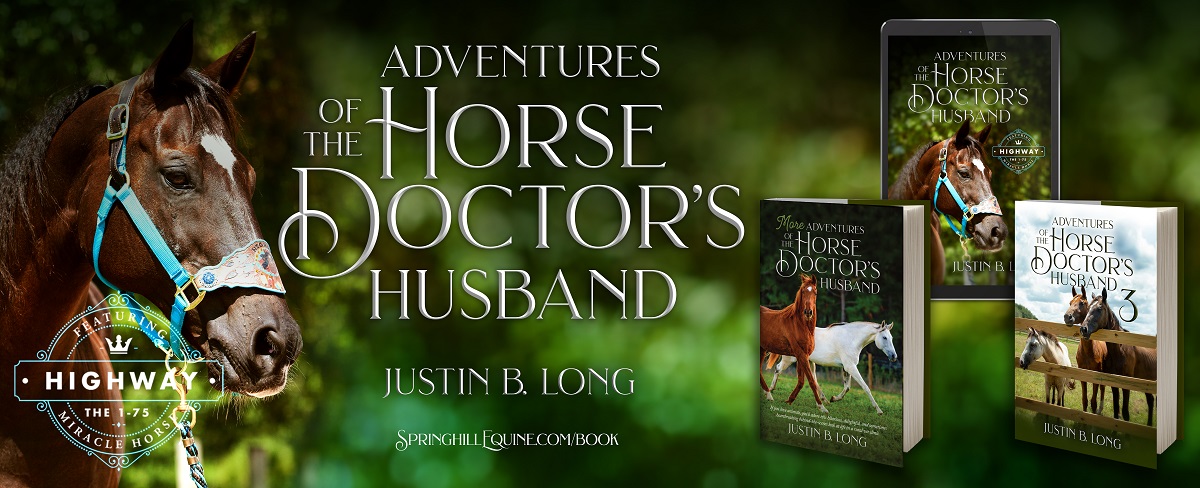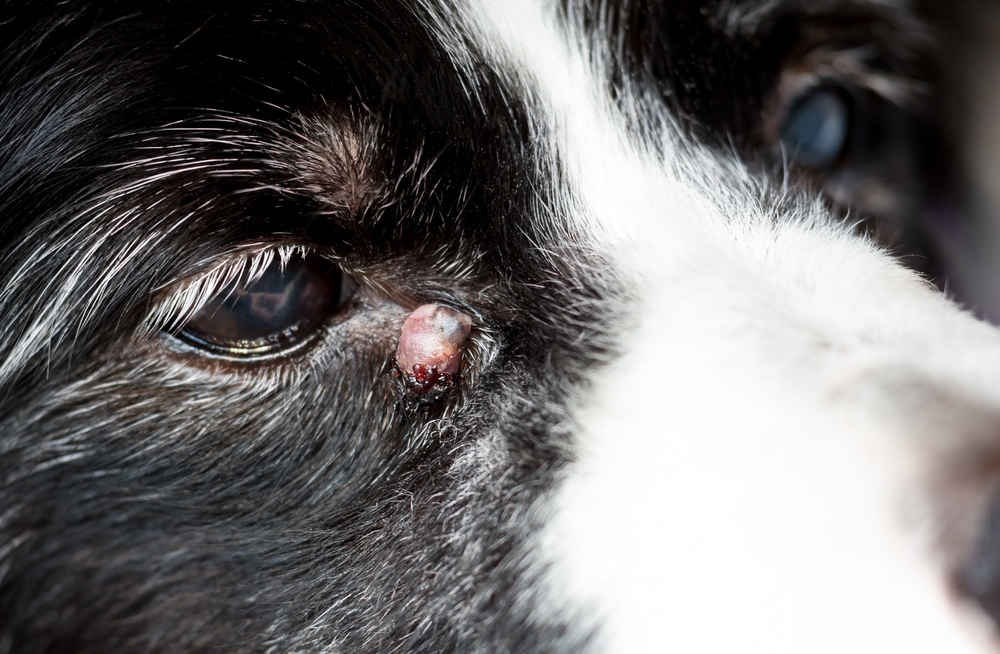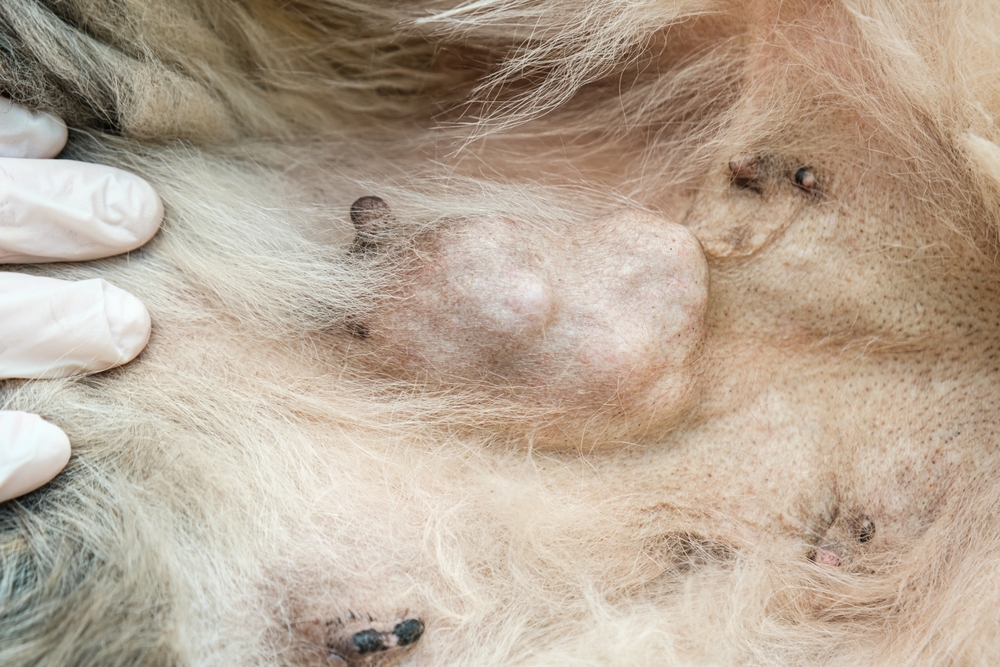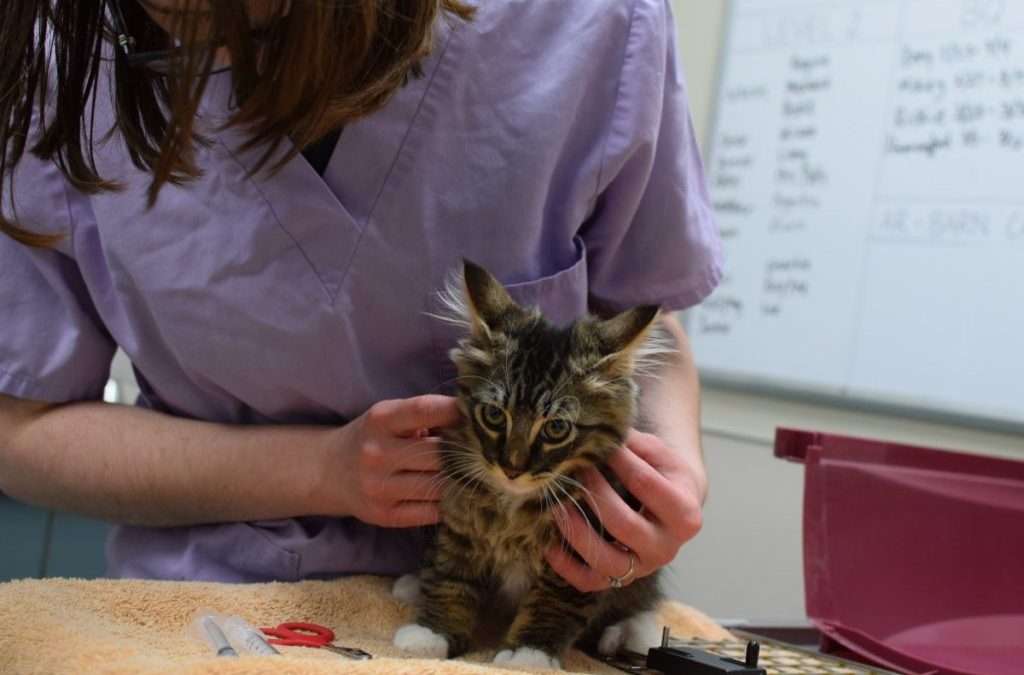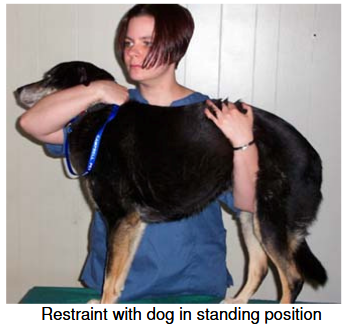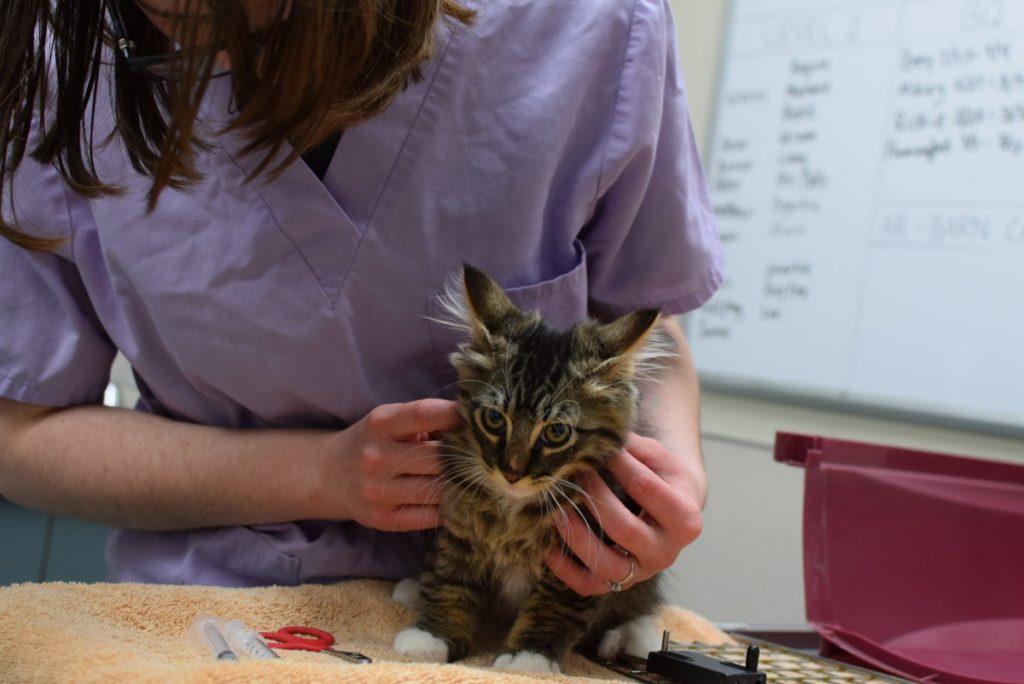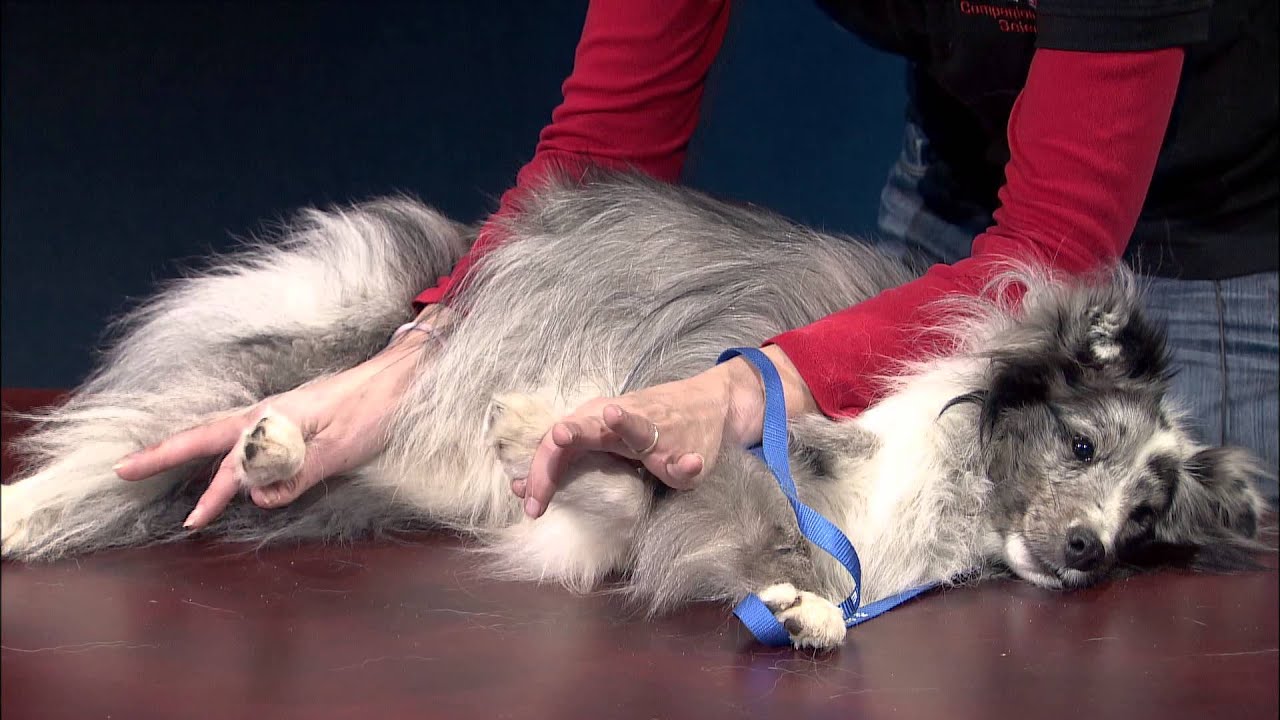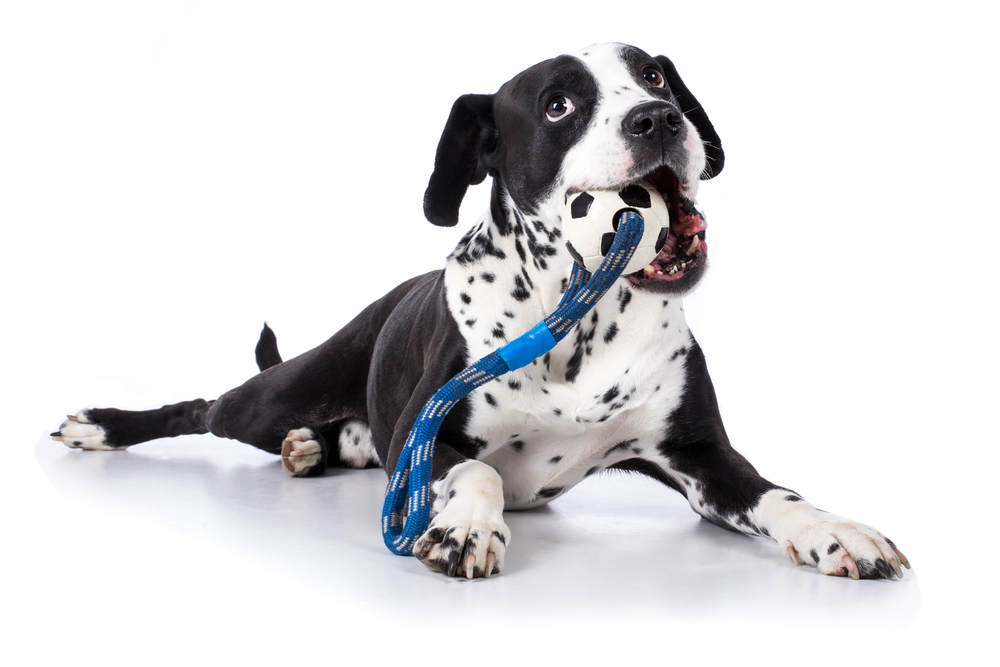
Doggy Dental Care
Whinny’s Wisdoms

Say “Cheese!’ dear readers! It’s your favorite Clinic mouse, Whinny, here to dive deep into the world of canine dental health–don’t worry, we’ll talk about all the teeth, not just the canines! You see, dogs rely on their teeth for many things, from chomping on their favorite chew toys to flashing those pearly whites in a friendly grin. Just as in humans, horses, mice, and all the other critters of the world, doggie dental disease can lead to damage to other organs across the body. This is really an area we want to focus on with prevention and early management!
The Importance of Healthy Dog Teeth
Just like us mice need our teeth for nibbling on tasty morsels, dogs depend on their teeth for a multitude of tasks. Healthy teeth are crucial for:
- Chewing: Properly chewed food aids digestion and overall health.
- Play: Dogs love gnawing on toys, and strong teeth are essential for their enjoyment. This is a double edged…bone, though. Anything you give your dog to chew on should be soft enough to have an indent on it from your thumb nail. If not, you are risking a broken tooth!
- Communication: Dogs express themselves through their mouths, and a healthy smile goes a long way in making friends. Plus, cuddles are way better with a dog with nice smelling breath. Dental problems, even minor ones, are major contributors to very bad breath.
- Well-being: Dental issues can lead to pain and discomfort, affecting a dog’s overall quality of life. Dental disease can also cause a whole lot of issues elsewhere in the body. Things like plaque and tartar are hotbeds of bacteria. Those bacteria travel from the gums into the bloodstream, and then all over the body.
Whinny’s Wisdom: Any amount of teeth brushing you can do for your dog at home helps! Make sure to get a dog-specific toothbrush and toothpaste. Start slow and work your way up to brushing daily.

Anesthetic Dental Procedures with Full Mouth Radiographs
Now, let’s talk about the real star of the show – anesthetic dental procedures with full mouth radiographs. At our clinic, we understand that these procedures may seem a bit pricey, but they are a game-changer when it comes to your pet’s oral health. Let me break it down for you:
- Comprehensive Assessment: Full mouth radiographs, or X-rays, provide an in-depth view of your dog’s teeth and gums. This allows us to identify hidden problems that may not be apparent during a routine examination. Dogs love to have troubles with their tooth roots that don’t show up on a simple oral exam. Think of it as finding that secret cheese stash behind the wall!
- Precise Treatment: With a clear understanding of the dental issues, our veterinarians can tailor treatments to address specific problems. These treatments will start with a cleaning and can include many of the same treatments you humans get. There may be extractions, fillings, adjustments, or repairs done. There may also be topical therapies, or even special treats recommended to help manage the bacteria that cause dental disease.
- Pain Management: Dental problems can be painful, and our furry friends often suffer in silence. Remember, just because your pet is eating doesn’t mean their teeth don’t hurt! Anesthetic dental procedures allow us to address these issues, relieving pain and discomfort, and enhancing your dog’s overall well-being.
- Long-term Savings: By addressing dental problems early, you can avoid more costly and invasive procedures down the road. Preventing major issues is like saving your favorite cheese for a special occasion.
- Improved Quality of Life: Healthy teeth and gums mean a happier, healthier pup. They can eat, play, and communicate more comfortably, leading to a better life for both you and your four-legged companion.
Value Beyond the Price Tag
Whinny’s Wisdom: Don’t get swindled by anyone trying to sell you “anesthesia-free” dentals! These procedures are not done by licensed veterinarians and are at best useless and at worst painful and potentially damaging to your pet.
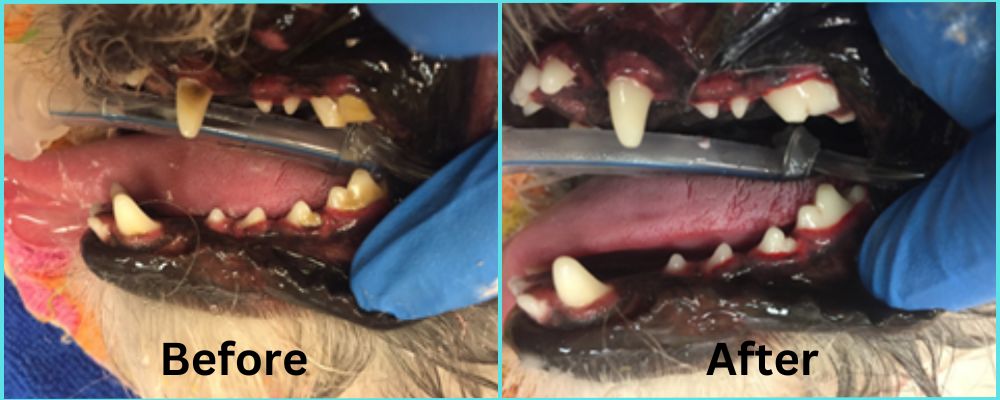
Yes, anesthetic dental procedures with full mouth radiographs may come with a price, but the value they provide is immeasurable. They go beyond a one-time expense, offering long-term benefits for your dog’s health and happiness. Plus, let’s not forget that our clinic is committed to providing top-notch care, and our services are worth every penny.
In a nutshell, it’s not just about the cost; it’s about investing in your dog’s well-being and providing them with the best possible dental care. After all, we want your pet to enjoy a lifetime of smiles, tail wags, and carefree chew sessions. So, be sure to unleash the potential of your dog’s healthy teeth, and choose the path that ensures a lifetime of smiles and cheese-filled grins.
Until next week,
~Whinny
P.S. Are you subscribed to my blog? Don’t rely on Facebook to show you a link each week! Scroll down to the big purple box and put your info in there, and my blog will get emailed to you every week, and a day or two before Facebook gets it! I promise I won’t send you anything besides my blog, no junk mail. Just scroll down a bit further… good human, you can do it!
P.P.S. (Yes, it’s a two-fer! Get it?!) Are you looking for a stocking stuffer for your favorite horse person? The Adventures of the Horse Doctor’s Husband series (3 books so far) is a great gift idea! And if you have a young person in your life who’s thinking about becoming an equine vet, you can support them with our wonderful handbook called How to Become an Equine Veterinarian: A Guide for Teens. It’s age appropriate for 12-25, and covers everything they need to do through middle school, high school, and college to become a great candidate for vet school. And as my humans say all the time around here, the world needs more equine vets! You can find book details and links to purchase over on the Books Page of my website, or just click on the image below. After you subscribe, of course!
 Whinny’s Wisdoms is the official blog of Whinny the Clinic Mouse at Springhill Equine Veterinary Clinic in Newberry, Florida. If you liked this blog, please subscribe below, and share it with your friends on social media! For more information, please call us at (352) 472-1620, visit our website at SpringhillEquine.com, or follow us on Facebook!
Whinny’s Wisdoms is the official blog of Whinny the Clinic Mouse at Springhill Equine Veterinary Clinic in Newberry, Florida. If you liked this blog, please subscribe below, and share it with your friends on social media! For more information, please call us at (352) 472-1620, visit our website at SpringhillEquine.com, or follow us on Facebook!
[jetpack_subscription_form title="Subscribe to Whinny's Wisdoms"]

